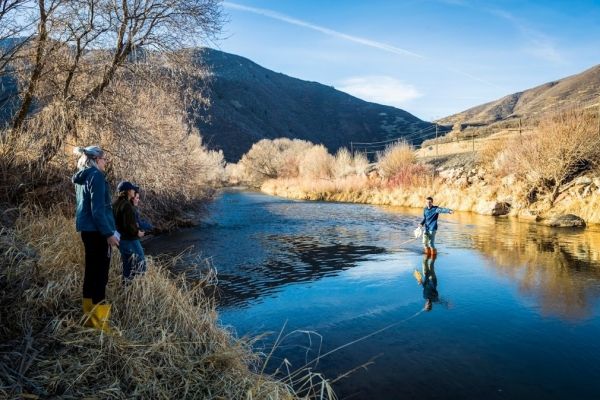Many people see the carbon cycle as vertical – CO2 moving up and down between soil, plants and the atmosphere. However, new Michigan State University research published in the current issue of Geophysical Research Letters, adds a dimension to the vertical perspective by showing how water moves massive amounts of carbon laterally through ecosystems – especially during floods. These findings – which analyzed more than 1,000 watersheds, covering about 75 percent of the contiguous U.S. – have implications for climate change and water quality.
Carbon in the environment, specifically dissolved organic carbon or DOC, is a master variable that influences many of our planet’s fundamental processes, such as water chemistry, greenhouse gas emissions and pollutant transport across land and water, said Jay Zarnetske, MSU earth and environmental scientist and the study’s lead author.
“When water flows through ecosystems, it picks up organic carbon from plants and soils, and in many cases, water determines whether the ecosystem is a net carbon source or sink,” he said. “The massive amount of carbon that leaks out of ecosystems as DOC is about as big as the net amount of carbon taken up from the atmosphere each year. So accurate accounting is crucial when managing the ‘carbon bank account.’”
Continue reading at Michigan State University
Image via Michigan State University


